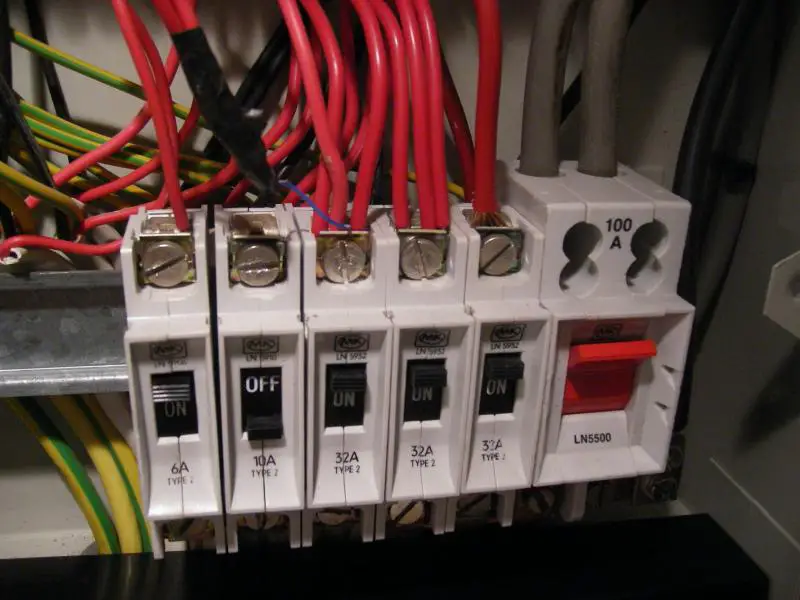- Joined
- 11 Jan 2004
- Messages
- 42,910
- Reaction score
- 2,685
- Country

Hi.
Can anybody post a link to a site where I can get guidance on what to grade installation observations as?
Strange as it may seem in 20+ years, but I've done my first Landlord's inspection and I'm stuck as how to grade the faults.
Gems such as:
tails in xs of 2m (more like 12m) without fusing down
same tails chased in the wall at skirting level
but then things like
all sockets (more than 1 circuit0 on one MCB (there are actually 5 conductors in this mcb)
an MEC starting life as 16mm² then blocked to 10mm²
No E link to sockets where conduit is cpc
Busbar shield missing on CU
and can you grade things like
Imperial cable
Old colours?
Thanks
Can anybody post a link to a site where I can get guidance on what to grade installation observations as?
Strange as it may seem in 20+ years, but I've done my first Landlord's inspection and I'm stuck as how to grade the faults.
Gems such as:
tails in xs of 2m (more like 12m) without fusing down
same tails chased in the wall at skirting level
but then things like
all sockets (more than 1 circuit0 on one MCB (there are actually 5 conductors in this mcb)
an MEC starting life as 16mm² then blocked to 10mm²
No E link to sockets where conduit is cpc
Busbar shield missing on CU
and can you grade things like
Imperial cable
Old colours?
Thanks


